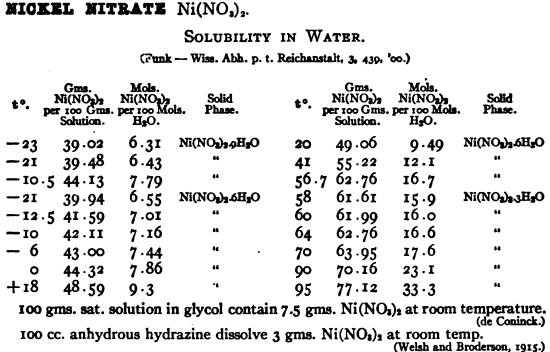Hello Folks,
Patent No. US 4444642 is a LD over MMO. It's the only one that I know of. This patent was mentioned before here somewhere.
Can you remember the patent number that said the current density on the cathode should be 2 or 3 times the CE on the anode when plating LD?
Hard to know if you should count the total area of Cathode.
Are you going for an Alpha coat (Tartrate bath, or high CE in Nitrate bath at the start) before a Beta coat with the anode you are going to make?
With a tank the size that you have you are going to have excellent anodes (unless you are going to make absolutely huge anodes).
Plating Ti mesh (or flat plate with lots of holes), as opposed to a flat plate or rod, greatly alleviates the adhesion problem IMO. It will be unlikely that the LD will start to flake off. Substrate and LD are simply married like wire and concrete!
The big issue is electical contact between LD and Ti, or to put it another way, the lack of electrical contact because of the dreaded formation of Ti Oxide. The interface coat looks after that aspect. Pt, Tin Oxide, MMO and Ebonex (a conductive Oxide of Ti) are the only interface coats mentioned in the patents etc that I am aware of.
As far as cleaning the MMO, I would give it a wash in some solvent to degrease it, alcohol sounds good. Try to avoid handling it in the first place.
Don't go near the MMO coated Ti with an abrasive or an etch bath.

If you were starting from scratch (no pun intented) making MMO coated Ti you would of course etch and abrade the Ti.
Dann2






 so that the process
remains
so that the process
remains








